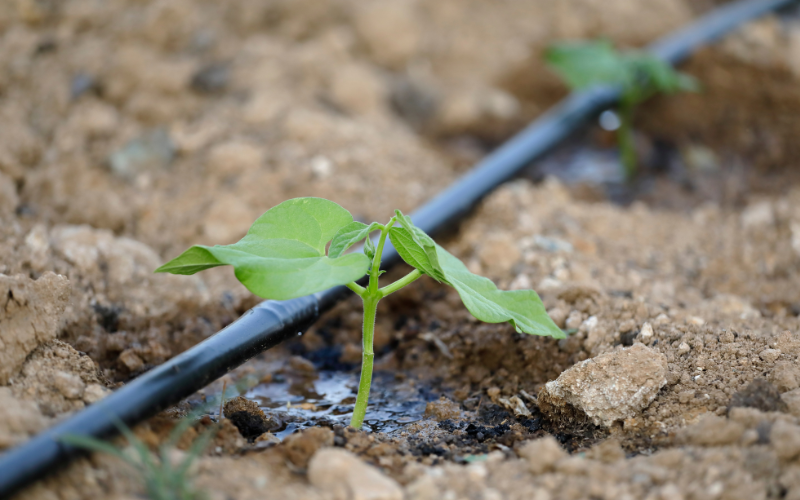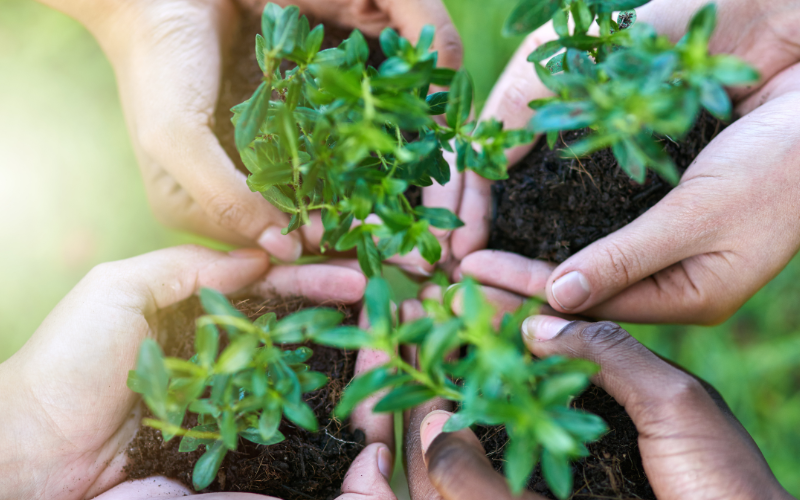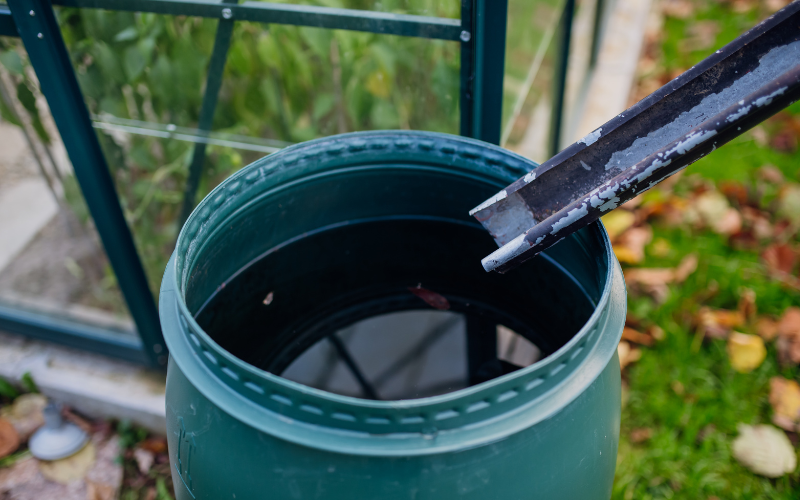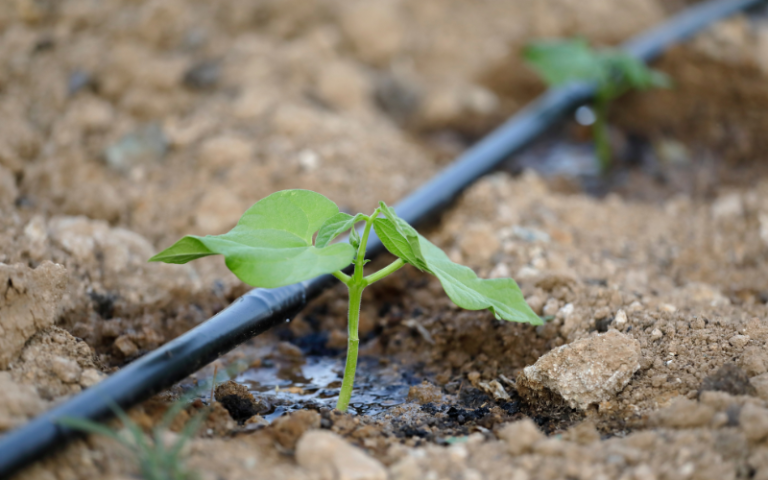
In the parched summer heat, gardens thirst for water. Every drop counts, especially in the wake of escalating water scarcity concerns. As an eco-conscious consumer or a homeowner with green thumbs, navigating the fine balance between vibrant landscape and responsible water use is paramount. We’ll explore five compelling methods for watering your garden this summer that promise to keep your plants happy while conserving this precious resource.
Setting the Context of Water Conservation in Gardening
Water conservation isn’t just an environmental buzzword; it’s a practice that’s integral to sustainable living – and it begins right in your backyard. The United States Geological Survey estimates that lawn and garden irrigation account for nearly one-third of all residential water use. With the summer season well underway, it’s a critical time to reassess our gardening habits and make a positive impact on local water supplies.
Watering practices not only affect the environment but also your utility bills. Overwatering, watering at the wrong time, or using inefficient methods can all contribute to wasted water. This post is tailored to help you optimize your watering routine, ensuring that your garden flourishes without draining water unnecessarily.

1. Choose the Right Plants
Drought-Resistant Species
Your first line of defense against water wastage is a selection of plants that thrive in arid conditions. Look for varieties known for their low water requirements and resilience in dry spells. Drought-resistant plants such as lavender, sedum, and yarrow have adapted to retain moisture and can withstand longer periods between watering.
Native Plants
Indigenous flora is acclimatized to your local weather, soil, and water conditions. These plants generally require less maintenance, making them a thoughtful addition to any garden. They also play a crucial role in supporting local ecosystems by providing food and habitat for native wildlife.
2. Watering Techniques
Early Morning Watering
The best time to water your garden is in the early morning before the heat of the day sets in. Watering at dawn allows plants to absorb moisture when they need it most, and it minimizes the risk of disease, as foliage can dry off during the day.
Use of Drip Irrigation Systems
Switching to drip irrigation can drastically reduce water usage. This method targets the root zone of plants with slow, steady drips, which helps to minimize evaporation and ensures that water reaches plants’ roots exactly where it’s needed.
3. Soil Management
Mulching
A layer of mulch around plants is like putting a blanket on the soil. It helps to reduce evaporation, suppress weed growth, and maintain a more even soil temperature. Organic mulches like straw, wood chips, and compost can also improve soil health as they break down over time.
Soil Amendment to Retain Moisture
Enhance your soil’s water retention capacity by adding moisture-retentive materials such as peat moss or coir. These amendments improve the soil’s structure and water-holding ability, reducing the frequency of watering needed to keep your garden hydrated.

4. Rainwater Harvesting
Benefits and Methods of Collecting Rainwater
Implementing a rainwater harvesting system not only saves precious water but also provides a free source of nutrients for your plants. Rainwater is naturally soft and doesn’t contain the chlorine or fluoride found in tap water. Systems can be as simple as a rain barrel placed under a downspout or more intricate setups that channel water from your roof into storage tanks.
5. Monitoring and Adjusting
Signs of Overwatering
Understanding the signs of overwatering, such as yellowing or wilting, can help prevent water waste and protect your plants from the harmful effects of waterlogged soil. It’s important to develop a watering schedule that’s responsive to the weather and the specific needs of your garden.
Using a Water Timer Like the PLANT!T Garden Watering Timer
Automated systems like the PLANT!T Garden Watering Timer can take the guesswork out of watering. Set a timer to deliver the right amount of water at the optimal time, ensuring efficient use of water and promoting a healthy garden.
Conclusion
Gardening in the summer need not be synonymous with excessive water usage. By following these tips, you’re not only helping to conserve water but also cultivating a garden that’s in tune with nature. These strategies enable homeowners and gardeners to make a significant eco-friendly impact while nurturing a beautiful, sustainable landscape.
Water is a finite resource, and as stewards of our environment, it’s our collective responsibility to use it wisely. With these summer watering tips, you’re equipped to create a garden that’s both water-wise and wonderfully alive. Take the plunge into water-smart gardening this season, and witness the impressive outcomes of your sustainable approach to plant care. Your garden, your wallet, and the planet will thank you.



